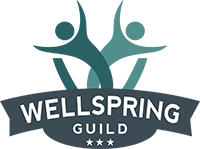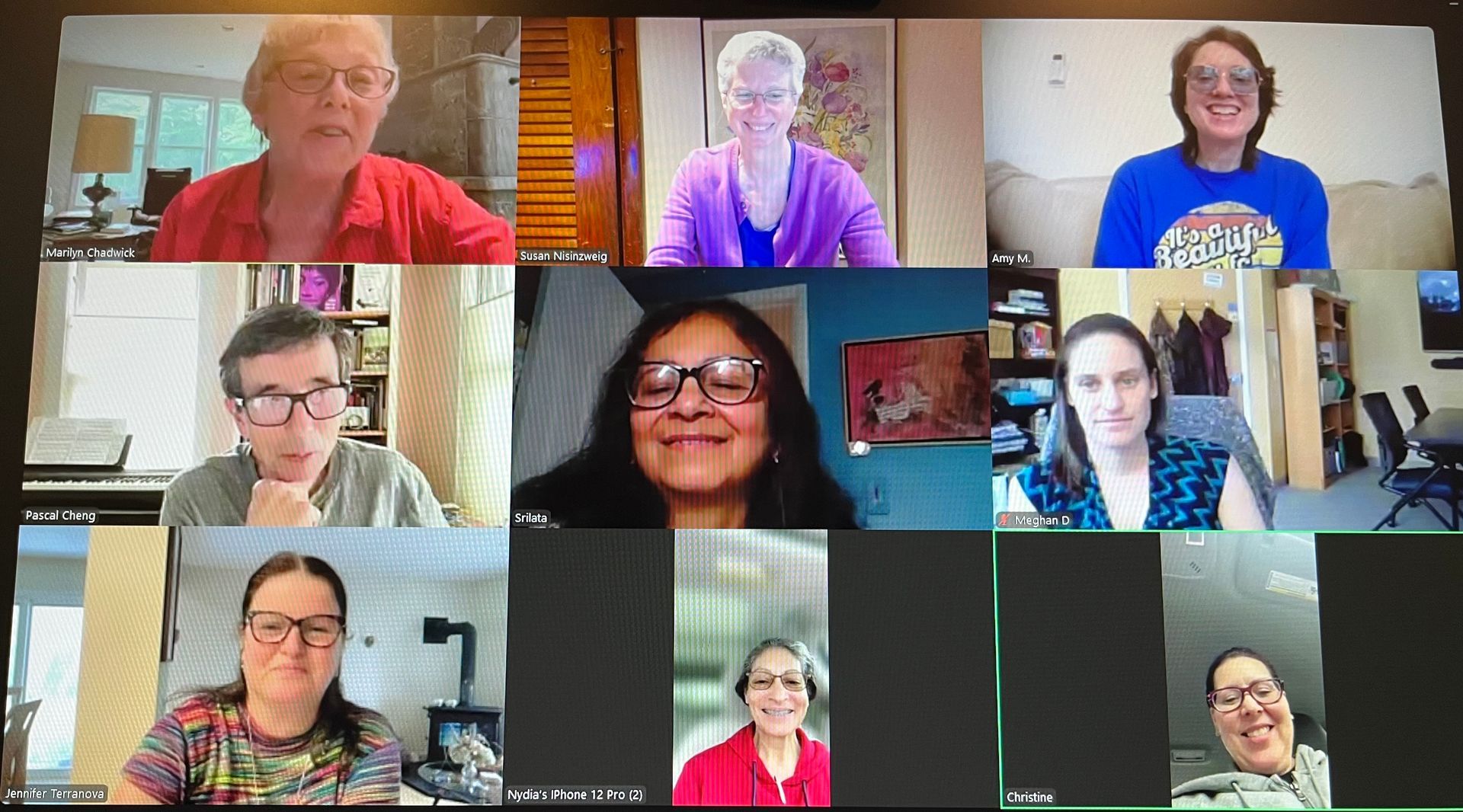Resources
Research & Abstracts

Key Resources For Research & Abstracts
Disabilities Study Quarterly: The Voices of Typers: Examining the Educational Experiences of Individuals Who Use Facilitated Communication
Eye-tracking reveals agency in assisted autistic communication. Scientific Reports, 10, 7882.
Jaswal, V. K., Wayne, A. & Golino, H. (2020)Read the ResearchFrontiers Resources on Movement and Autism - 300 pages of peer reviewed journal research articles.
Frontiers: Perspective: Presuming Autistic Communication Competence and Reframing Facilitated Communication;
Heyworth, Chan and LawsonRead the ResearchUCC Autistic Self Advocacy Network, The ARC, TASH, The National Disability Rights Network) urged ASHA to withdraw these position statements.
UCC Research Compilation is a good place to start for these types of questions. Here is a direct link to Section 4 (Autism-Specific Literature of the compilation):
United for Communication Choice: Compiled peer-reviewed research that supports the use of these AAC teaching methodologies
A. Rebuttal to ASHA statement:
B. Rebuttal to ASHA statement:
C. Rebuttal to ASHA statement:
Legal References: U.S. Law On Communication Access and Choice
United For Communication Choice.orgLearn More
Additional Resources For Research & Abstracts
American Journal of Occupational Therapy: Finding Our Strengths: Recognizing Professional Bias and Interrogating Systems.
Kristie K. PattenRead the ResearchA back door approach to autism and AAC. Augmentative and Alternative Communication, 24, 220-234
Mirenda, P. (2008)Read the ResearchConstructing competence: Autism, voice and the ‘disordered’ body. International Journal of Inclusive Education, 10(2-3), 169-188.
Biklen, D. & Kliewer, C. (2006)Read the ResearchGrammar and lexicon in individuals with autism: A quantitative analysis of a large Italian corpus. Intellectual and Developmental Disabilities, 47, 373-385.
Tuzzi, A. (2009)Read the ResearchHidden Communicative Competence: Case Study Evidence Using Eye-Tracking and Video Analysis; Autism, 16,75-86.
Grayson, Emerson, Howard-Jones, O'NeilRead the ResearchHoping for greatness: Exploring the notion of "movicity" in communication support partnerships
Woodfield, C Jung, E & Ashby, C (2015)Read the Research“I am thinking that speech is asinine”: Narrating complexities and rethinking the notion of “independence” in communication. Equity & Excellence in Education, 39(2), 176-186.
Broderick, A. & Kasa-Hendrickson, C. (2006)Read the Research“I like others to not try to fix me”: Recognizing and supporting the agency of individuals with developmental disabilities. Intellectual and Developmental Disabilities, 46(5), 364-375.
Rossetti, Z., Arndt, K., Ashby, C., Chadwick, M., & Kasahara, M. (2008)Read the ResearchIndependence, participation, and the meaning of intellectual ability. Disability and Society, 16, 415-429.
Rubin, S., Biklen, D., Kasa-Hendrickson, C., Kluth, P., Cardinal, D.N., & Broderick, A. (2001)Read the Research“Moved deeply I am” Autistic language in texts produced with FC. Journees internationals d’Analyse statistique des Donnees Textuelles, 7, 1-9.
Tuzzi, A., Cemin, M. & Castagna, M. (2004)Read the ResearchMoving quietly through the door of opportunity: Perspectives of college students who type to communicate.
Ashby, C.E. & Causton-Theoharis, J. (2012)Read the ResearchParent Perspectives on Assisted Communication
John and Galilee Damiao, et alRead the ResearchPresuming competence. Equity and Excellence in Education, 39(2), 166-175.
Biklen D., & Burke J (2007)Read the Research“Say Just One Word at First”: The Emergence of Reliable Speech in a Student Labeled with Autism. Research and Practice for Persons with Severe Disabilities, 21(1), 13-24.
Broderick, Alice, & Kasa-Hendrickson, C., (2001)Read the ResearchSorting our speech: Understanding multiple methods of communication for persons with autism and other developmental disabilities, Journal of Developmental Processes, 4(2), 116-133
Kasa-Hendrickson, C., Broderick, A., & Hanson, D. (2009)Read the ResearchThe right path of equality: supporting high school students with autism who type to communicate
Ashby, C.E. & Causton-Theoharis, J. (2015)Read the ResearchThinking Person’s Guide to Autism; Interview regarding eye-tracking study in 2020, demonstrating communicative agency in a group of nonspeaking autistic letterboard users.
Jaswal, Vikram (The Jaswal Lab at the University of Virginia)Read the ResearchWishing to go it alone: The complicated interplay of independence, interdependence and agency
Ashby, C, Jung, E, Woodfield C, Vroman, K & Orsati, F. (2015)Read the Research

